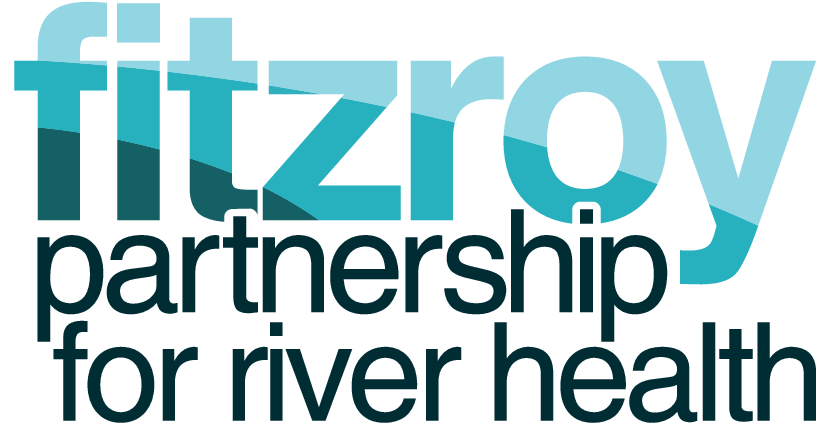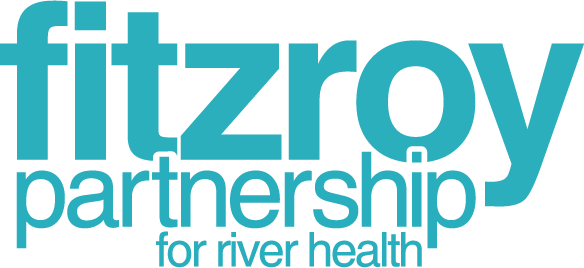BHP BMA: Scientists, Traditional Custodians and BHP come together on ‘floating lab’ for Great Barrier Reef coral spawning
With Australian reefs facing ever growing pressures from a range of environmental and human-induced impacts, research to support innovative reef resilience, adaption and restoration is needed now more than ever.
In November 2022, marine scientists gathered with Traditional Custodians on Woppaburra sea Country for an ambitious field event during the annual mass coral spawning on the Great Barrier Reef. The expedition, led by the Australian Institute of Marine Science (AIMS), advanced understanding of how to help fasttrack reef recovery and trained participants in coral aquaculture techniques to help them manage sea country in the future. Over 40 people were involved in the event at North Keppel Island (also known as Konomie by the Woppaburra people) near Yeppoon.
The science team were based on a bespoke floating laboratory – a car barge turned into a science facility. The vessel holds research aquaria systems to support investigations on coral spawning and coral seeding. Land based activities were held at the Konomie Environmental Education Centre.
Dr Carly Randall, AIMS ecologist and lead of the Woppaburra Coral Project said the expedition was an exciting step for both science and the empowerment of the local Traditional Custodians, who are building skills and capacity to help look after sea Country.
“We have been thrilled to work with the Woppaburra TUMRA Committee and Woppaburra Traditional Custodians in this research. Coral seeding is a promising approach to help accelerate reef recovery both here on the Great Barrier Reef and around the world. The techniques we are researching and refining may one day, if needed, enable Traditional Custodians to look after their sea Country,” Dr Randall said.
AIMS aquaculture assistant and Woppaburra woman Ms Jamiga Cummins returned to sea Country to be involved in the event as part of her aquaculture training, which she began last year as part of the Woppaburra Coral Project. “This field trip was my first time on sea Country during coral spawning, assisting with the science and building knowledge with the Woppaburra people. I’m proud to help connect my family with Country, the marine life, the coral spawning and the science through what I have learned so far,” said Ms Cummins.
Anne Dekker, Vice President Environment BHP, who also participated, said: “This partnership seeks to build meaningful relationships with the Traditional Owners where our collaboration with the Woppaburra Traditional Custodians contributes to better management of
coastal ecosystems, weaving Indigenous ecological knowledge with western marine science.”
The on-sea Country spawning event is part of the Woppaburra Coral Project, a component within the Australian Coral Reef Resilience Initiative (ACRRI), a research partnership between AIMS and BHP. This event was one of the largest science and knowledge-sharing field
exercises hosted by AIMS in its 50-year history.
Woppaburra TUMRA Committee Website



